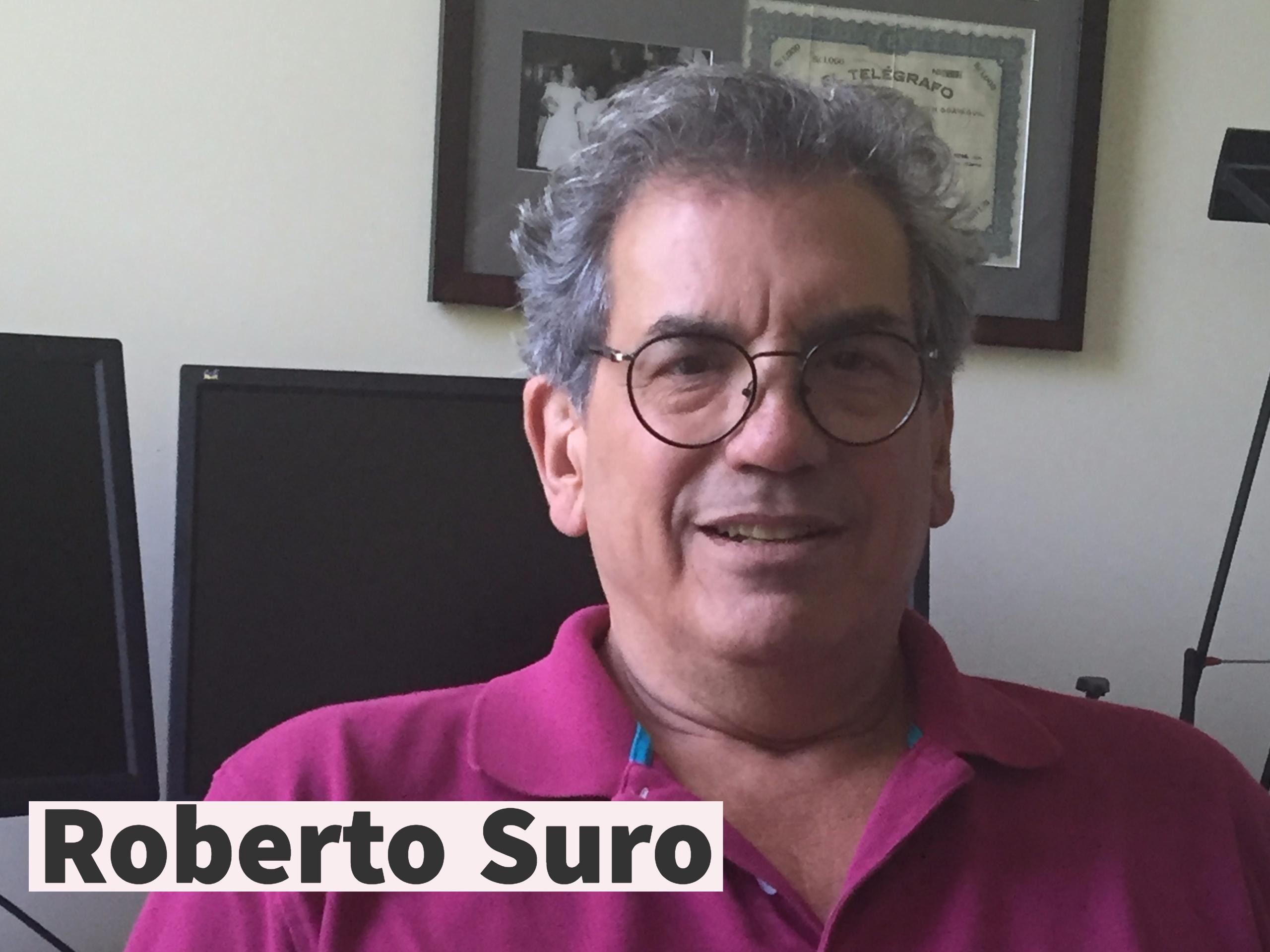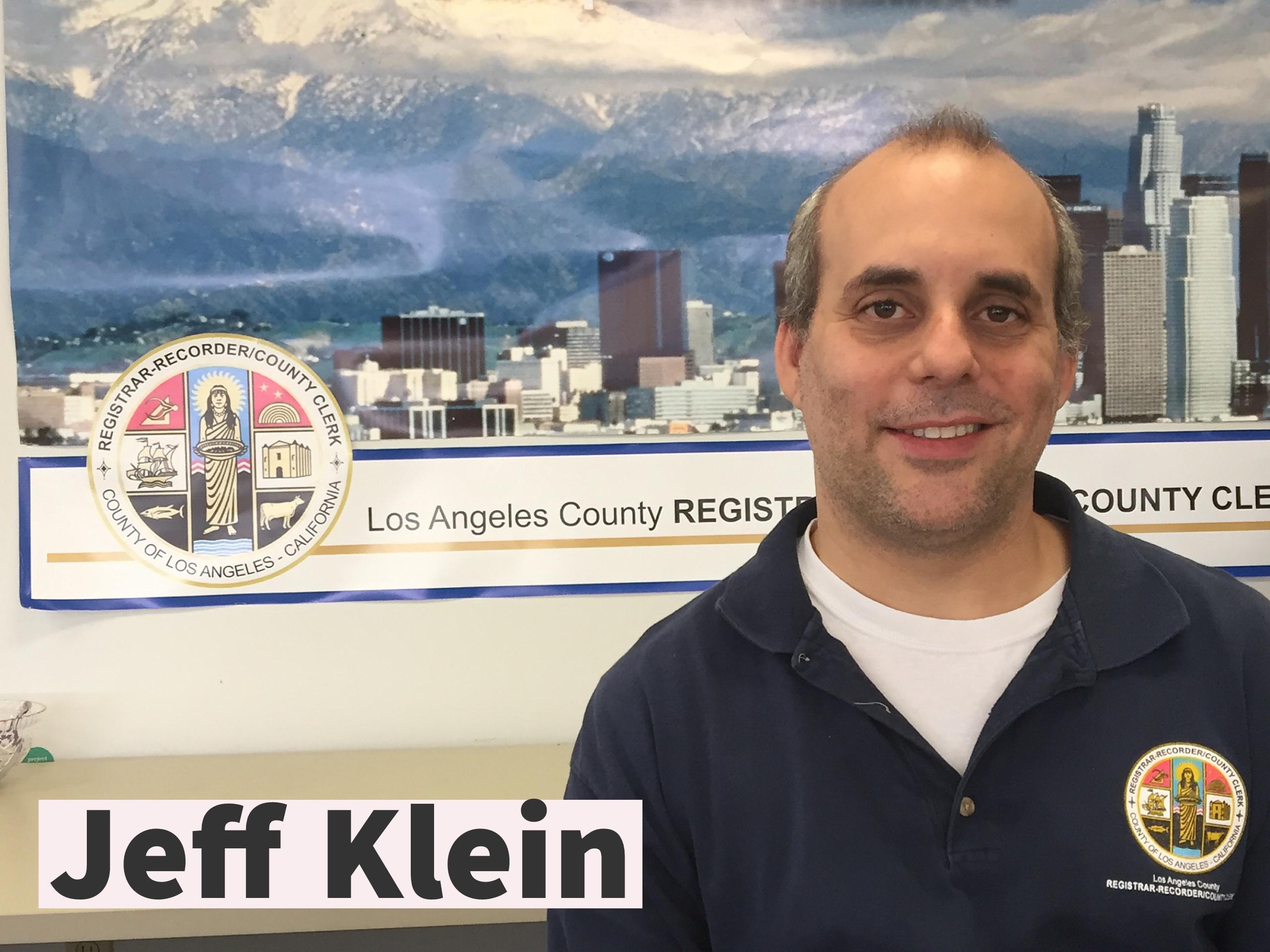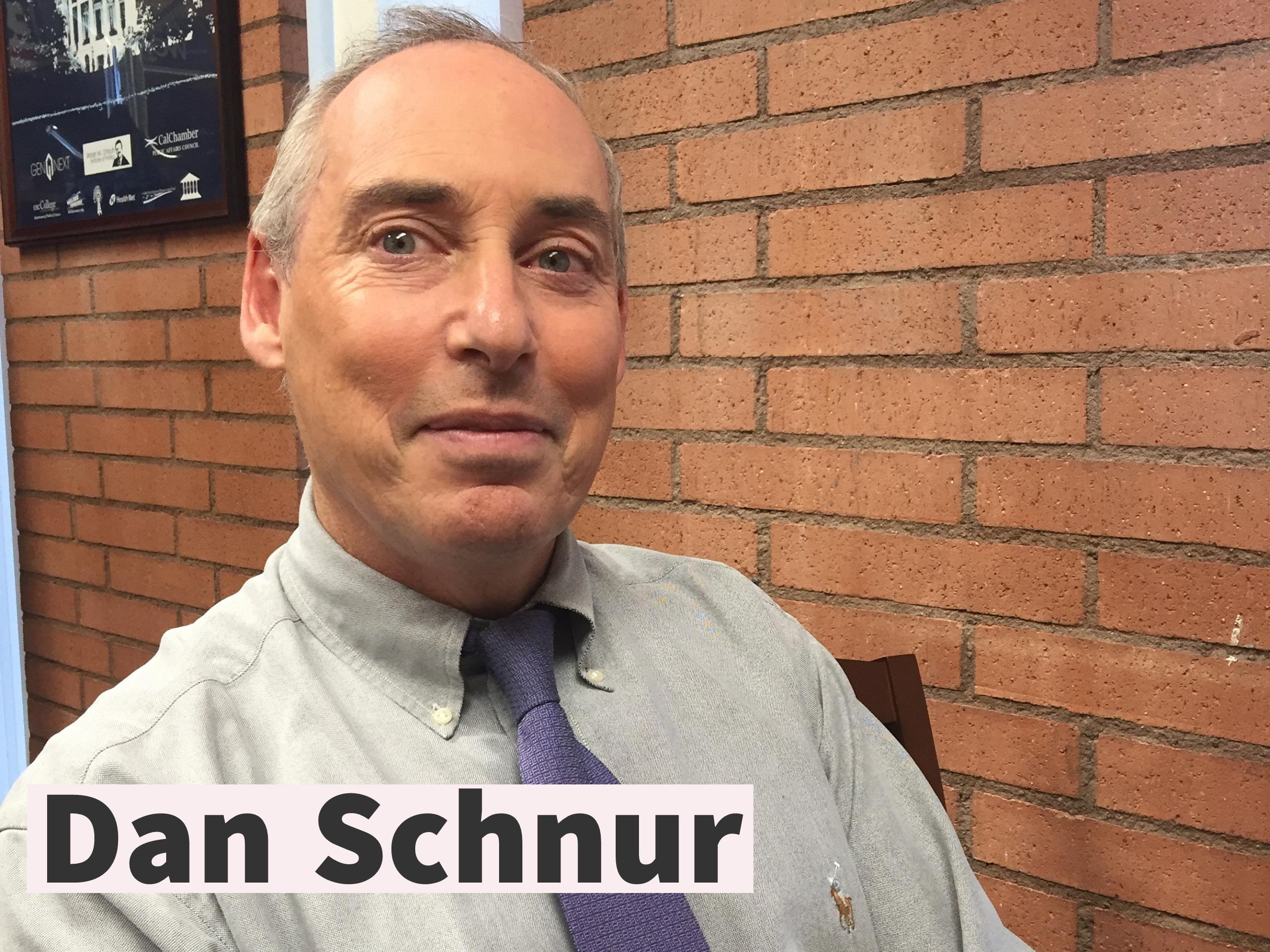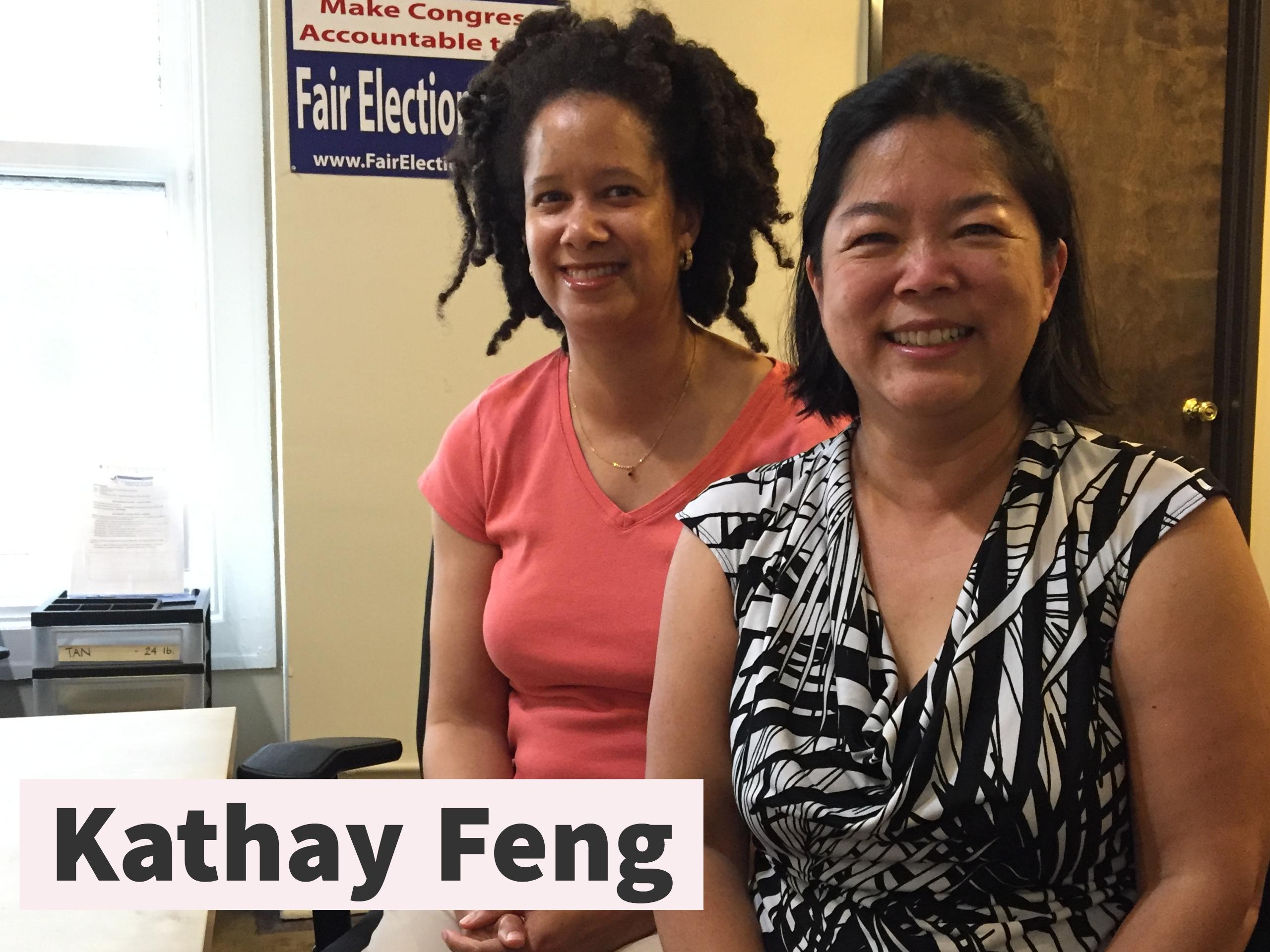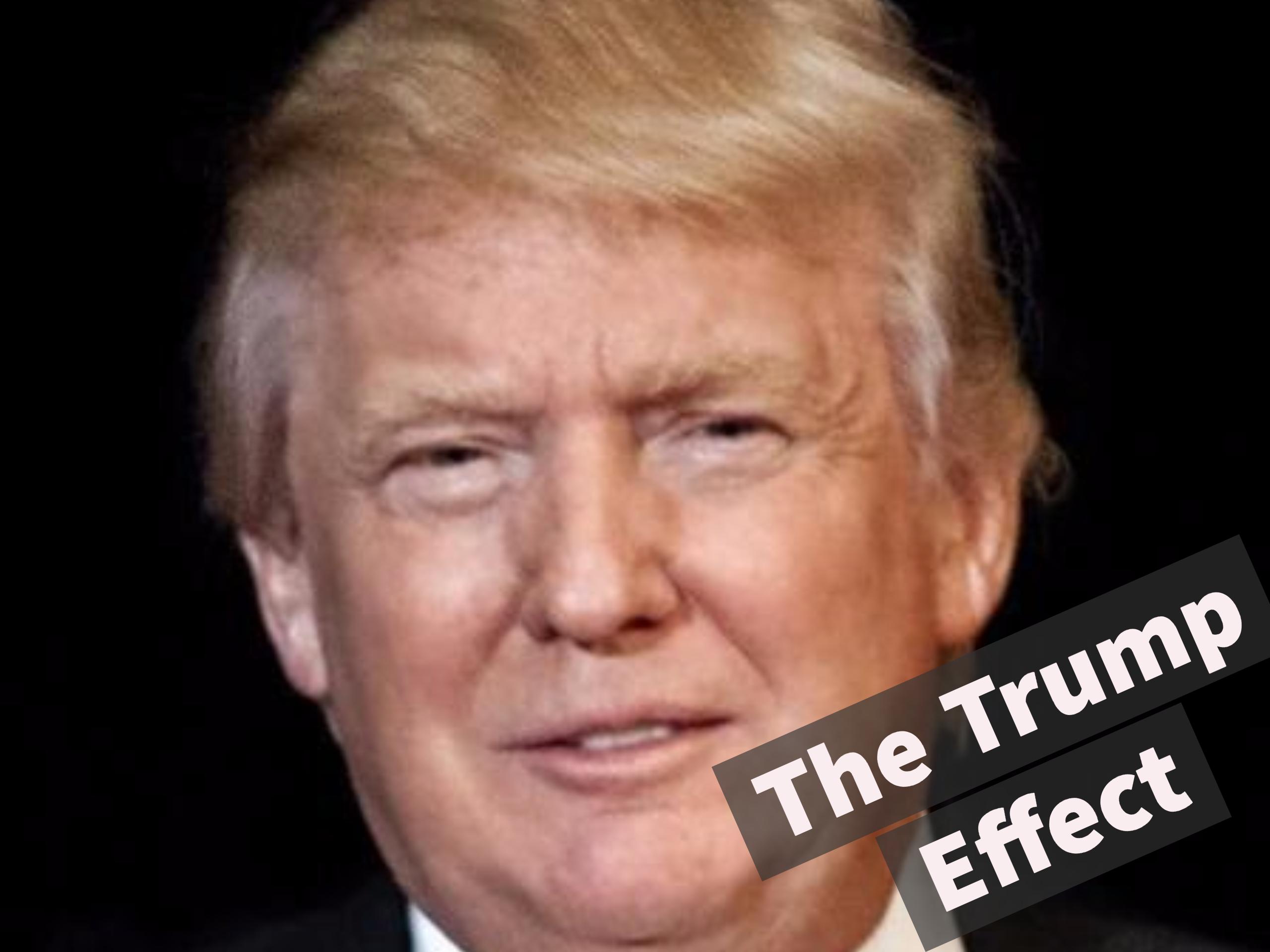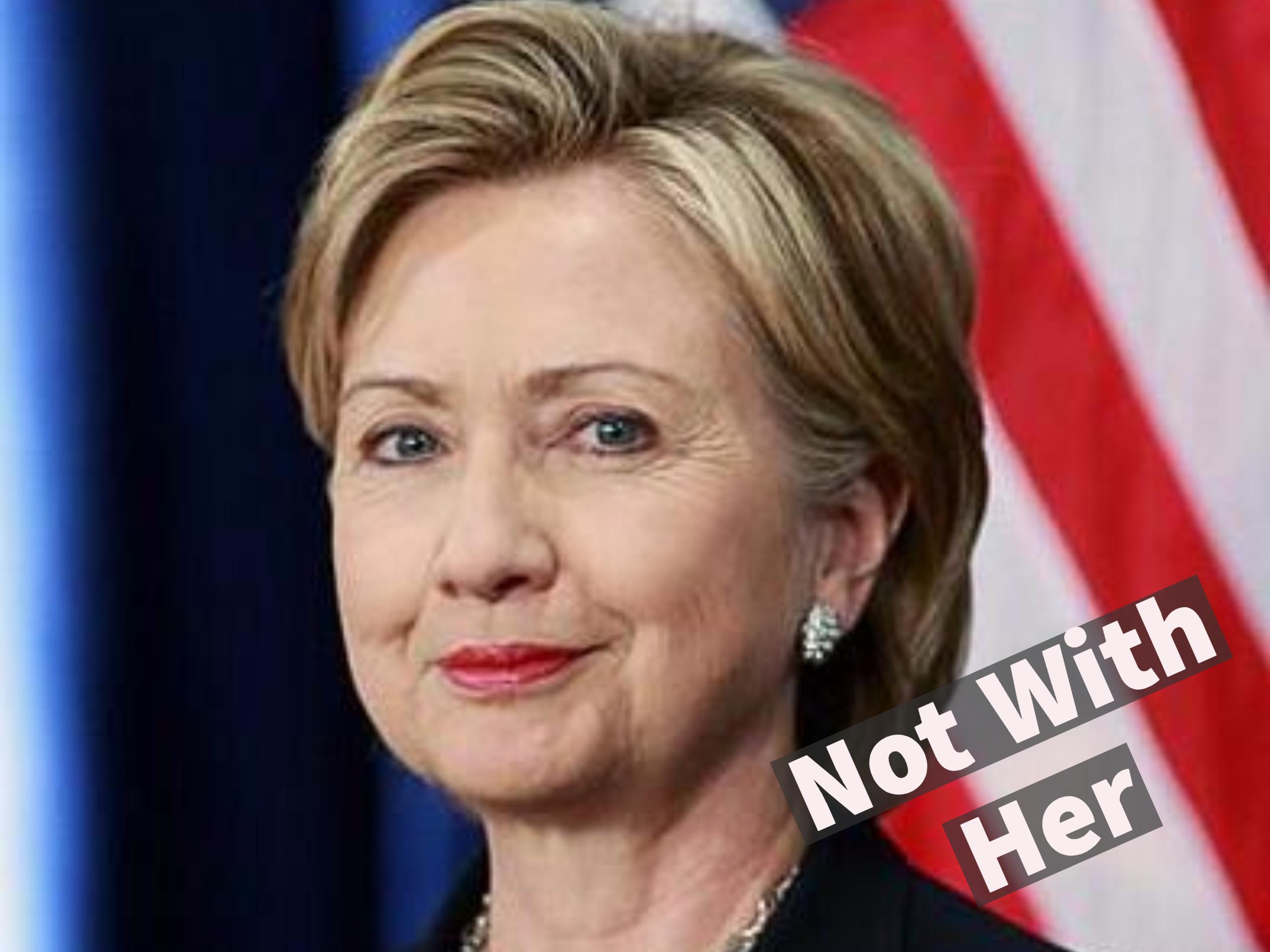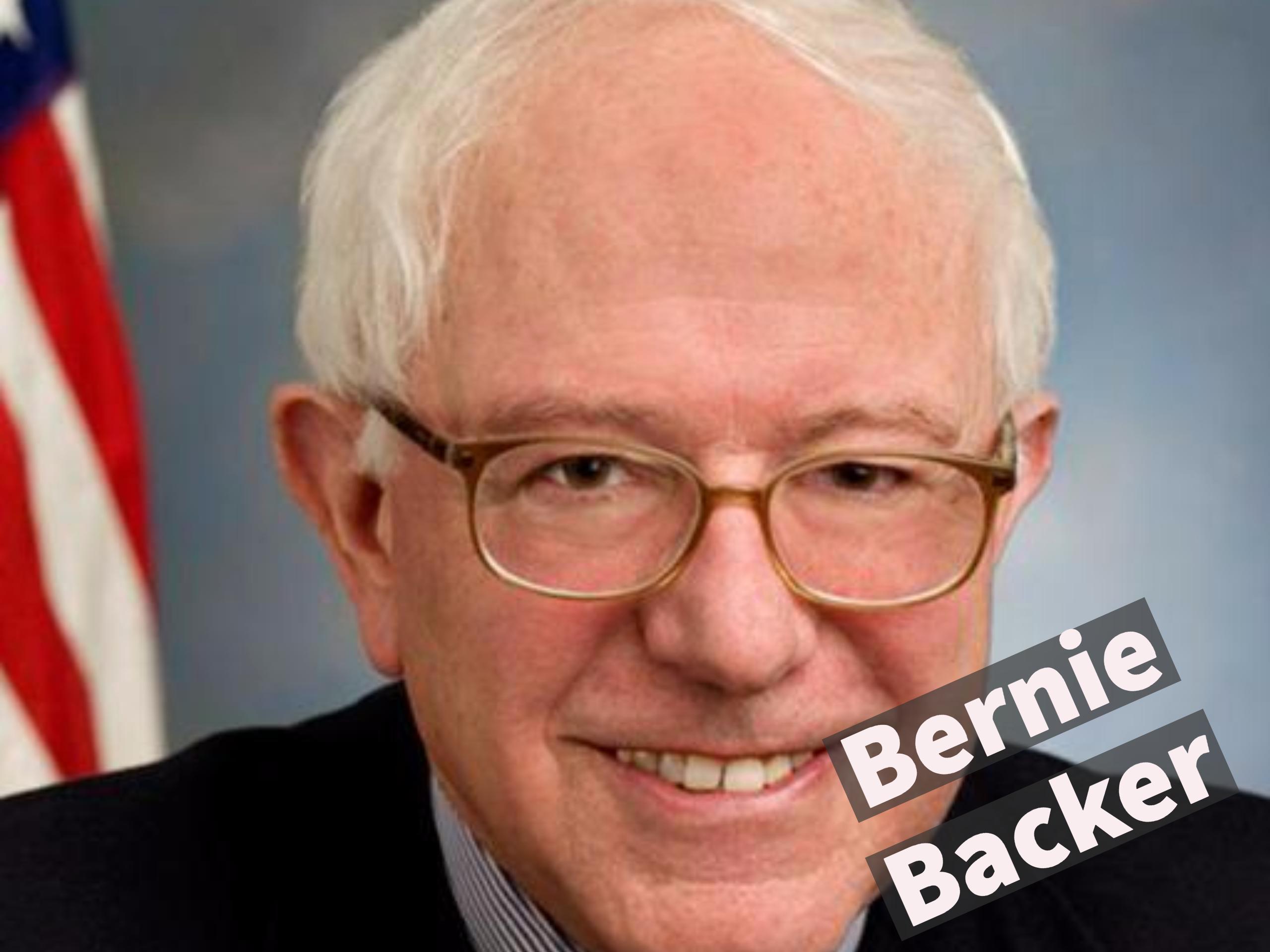
Why So Many Californians Aren't Voting
Eric Terman, a substitute teacher living in East Hollywood, has never voted in an election—local, state or national. “People are shocked when they hear that,” 27-year-old Terman said. “I just don't see a lot of use in arguing over one party or the next, or one person or the next, in a country of over 300 million people."
How do you convince somebody who doesn’t think their vote matters to vote? Dan Schnur, director of the University of Southern California's Jesse M. Unruh Institute of Politics, is driven by this question. When speaking to non-voters, Schnur likes to frame the issue. “I generally ask them if they recycle, and more often than not the answer is yes. And so I say do you believe that you are single-handedly saving the planet from environmental destruction? And they say of course not, but if everyone does their part it adds up to a greater whole.”
However, not everyone is doing their part. More than 40 percent of eligible voters did not show up on election day for the last two presidential elections. The American ideal of government by the people, for the people is falling short time and time again.
This widespread disengagement comes as no surprise to the government officials and activists dedicated to galvanizing voters. In California, efforts to lure people to the ballot box have consistently failed. The state ranked 41st for turnout in 2012, with 45 percent of eligible Californians waiving their right to place an 'X' on the ballot paper.
California's poor performance is "dragging down the national turnout,” since 10 percent of eligible voters live in California, according to a report by Non-Profit Vote. Los Angeles County is the largest jurisdiction in the country with more than 1.6 million not registered to vote. Any improvement in California's numbers would have national reach. But who are the non-voters of California and what is being done to reach them?
For California lawmakers, simplifying voter registration has been a top priority in recent years; one example, the 2015 New Motor Voter Act. Once the law comes into effect over the next few years, whenever a Californian acquires a driving license at the Department of Motor Vehicles, the option for automatic registration will be presented.
Other measures such as same-day registration and voting centers that allow people to vote outside their designated polling place are in the pipeline. Online registration and extended polling hours are already in place. To illustrate impact, nearly a million people used the online registration system from 2012–2013.
In swaying Californian non-voters, ease of access is but one factor. The complexity of non-participation becomes clear when reviewing the reasons why people don't vote. Disinterest, illness, and busy schedules are just a few of the reasons given, according to a 2012 U.S. Census Bureau survey of eligible voters who didn't turn out.
The results of this survey can be split into two broad categories: reasons of circumstance and reasons of choice. Those who cannot vote despite their eligibility and those who choose not to. From Gov. Jerry Brown down, the pro-vote community in California has concentrated on the barriers inherent in the electoral system—circumstances that contribute to people not voting—arguably the easier of the two targets.
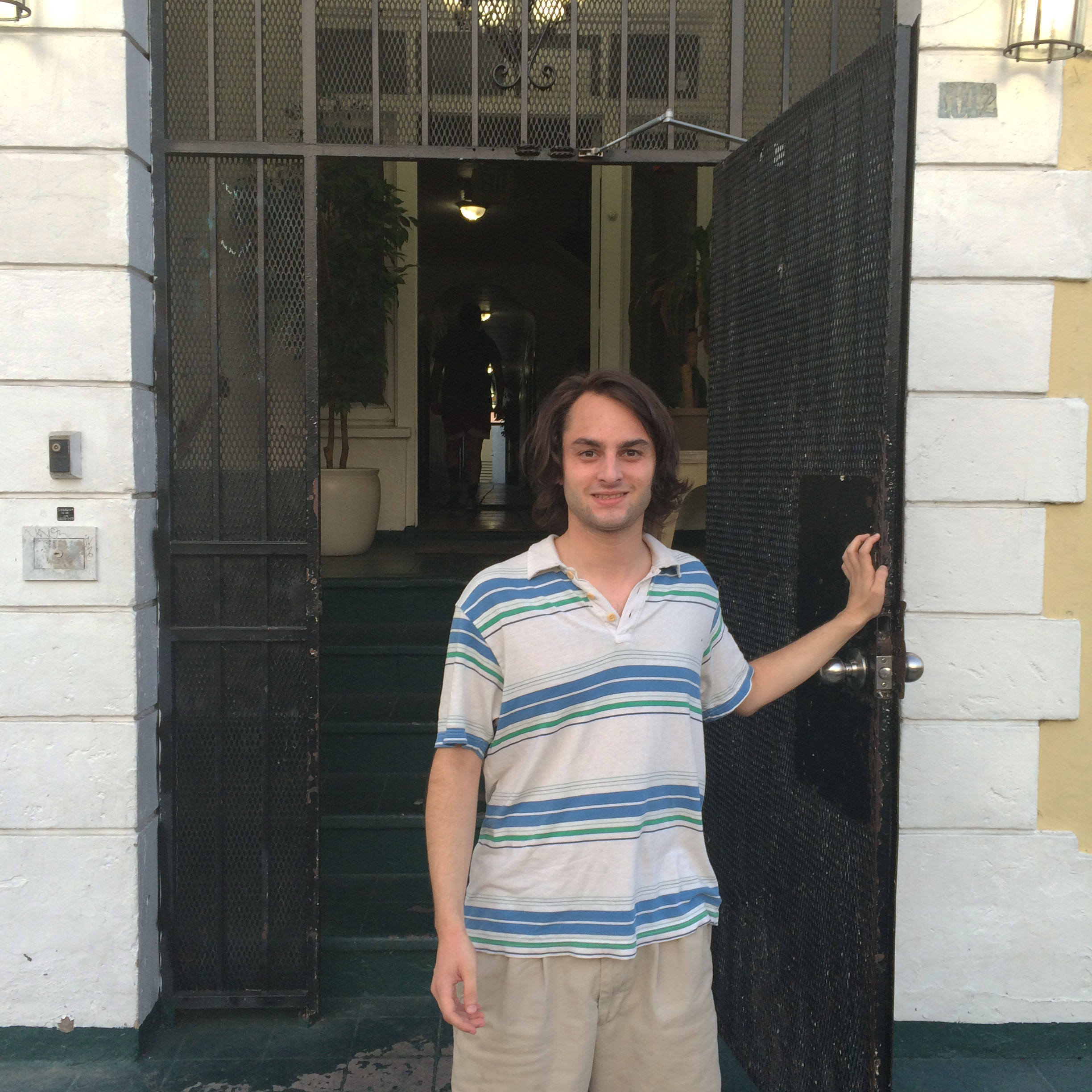
Eric Terman is a substitute teacher who refuses to vote.
Who doesn't vote?
Making voting easier has cross-population appeal. Not voting is concentrated definitively within certain demographics.
Less than half of eligible Latino voters have participated in presidential elections since 1992, according to the Pew Research Center. California is home to over 14 million Latinos, more than any other state. While there have been “moments of mobilization” among Latino voters, these remain isolated occasions, said Roberto Suro, professor in the Annenberg School for Communication and Journalism and the School of Policy, Planning and Development at the University of Southern California.
“Events that have produced increased turnout among other populations have not among Latinos,” said Suro, who was also the former director of the Pew Hispanic Center.
When significant numbers of African-Americans turned out for Barack Obama in 2008, it seemed like the Latino population would follow suit because of the Republican Party’s hard stance on immigration. In 2012, youth activism in Latino communities implied there would be an uptick in turnout. Both elections failed to deliver any tangible increase. Perhaps the threat to immigrants posed by Republican Party nominee Donald J. Trump will stir this community to finally fulfill its polling potential.
Certain characteristics are linked with long-term trends of non-participation. Across all racial groups, younger and poorer people vote less than older and richer people. The L.A. County Registrar is keenly aware of socio-economic factors when targeting new voters. This is demonstrated in the ongoing partnerships between the Registrar and the Department of Public Social Services, the Department of Health Services and the Department of Mental Health.
"One thing that we're engaged in is the National Voter Registration Act, the NVRA. That's a federally mandated law that requires public assistant agencies to offer voter registration to all customers," said Manager of Community and Voter Outreach Jeff Klein. By offering registration services at places like the DPSS, Klein and his colleagues are honing in on those from disadvantaged backgrounds who are typically missed by more traditional means of engagement, such as canvassing.
As Suro observes, a predominant number of L.A.'s Spanish speaking population find themselves living in disadvantaged circumstances. “The Latino [citizen] population is overrepresented with people who are young and poor,” Suro said.
Language has proved to be an additional obstacle to participation. For both Latinos and Asians, another group with a historically low voting record, that English is not necessarily their first language is an impediment to engaging with the democratic process.
This issue is being tackled head on by Klein's department: "There is an effort in L.A. County to promote voting materials in languages other than English, by law we are required to offer materials in English plus nine other languages," said Klein.
However, embracing immigrant communities is not just a matter of translation. Kathay Feng, the executive director of California Common Cause, observed other influential factors as leader of the Voting Rights and Anti-Discrimination Unit at Asian Pacific American Legal Center. In this role for what is now Asian Americans Advancing Justice, Feng came across many poll workers who endeavored to welcome in spite of language barriers.
Registering voters isn't as easy as you might think:
Iretha Warmsley is a canvasser with SCOPE, an organization that builds grassroots excitement around community issues. If video does not display, click here.
Yet Feng also observed poll workers who were less aware of immigrant voters' needs.
“In one instance, in a heavily immigrant community, where a lot of senior citizens were lined up to vote, the senior poll worker stood up and in a very loud voice announced that everyone who did not speak English should go to the back of the line.” Although the poll worker's action was borne out of logistical difficulties rather than prejudice, Feng was still greatly concerned by what she saw.
“To send people who were planning to vote for the first time to the back of a line was so humiliating, and for many people they were so ready to walk out. Nobody wants to be shamed that way. It threatened to disenfranchise 30-some people.” Polling center atmosphere is one of the many unquantifiable factors that can have a tangible effect on turnout.
Fostering a voting culture among specific communities is key to increasing turnout. If your family and friends vote, the chances are you'll vote too. This makes tackling non-participation among immigrant families particularly difficult as first-generation Americans may not encounter any voters in their day-to-day lives.
Schnur, who is pushing for more political education in schools, said "the single greatest indicator of whether a young person will vote when he or she turns 18 is if they grew up in a household in which there was one regular adult voter. He believes that if a voting culture doesn't exist in the household, then it must at least exist in the classroom.
Younger people are less inclined to vote when they reach 18, but they are more malleable than older generations in terms of their attitude towards democracy. Young people also adapt quickly to new voting technology; the number of under-25s registered to vote increased by over 10 percent when online registration was rolled out in 2012.
Top five reasons why eligible voters choose not to vote:
Take a look at our reporting as seen on Snapchat. If video does not display, click here.
Attempts to encourage non-voters can occasionally verge on proselytization. Schnur said, "I worry much too frequently that our message to non-voters is something like, 'What’s wrong with you? Why aren’t you as smart or as enlightened or involved as I am?'" Appealing to patriotism or love of democracy as motivation to vote is both ineffectual and isolating. Instead, a more persuasive approach is to explain the gradual utility of voting, to demonstrate what the vote can do for the benefit of a community.
When examining the nationwide phenomenon of Latinos not voting, it's worth bearing in mind the geographical distribution of this demographic. Latino populations are concentrated in states where presidential elections rarely swing from one party to another.
“The only reason candidates ever come to California is to raise money. We know who’s going to win the presidential race in New York, Texas and California: that’s two-thirds of the Latino electorate,” Suro said. This lack of competition in states with large Latino populations doubtless contributes to the electoral underperformance of this group.
The California Problem
The presidential predictability of the Golden State impacts turnout beyond the Latino community. Since 1992, the Democratic Party has counted on the guaranteed support of California. America's electoral college system awards points for securing a majority of votes in each state, proportionate to that state's population. This essentially means that a vote for anybody but the winning candidate in that state does not affect the national result. It's therefore possible for a candidate to win the popular vote and not become president, as happened to Democratic nominee Al Gore in 2000. California, delivering 55 points of the 270 required for victory, is the electoral El Dorado but little more than a mirage for non-Democrat candidates.
Due to this Democrat dominance, the cry of 'my vote is meaningless' resonates strongly in California for potential voters of nearly every political hue. In the battle to win hearts and minds, those who understand the electoral college system, yet actively opt out, are "low-hanging fruit" according to Schnur. Low-hanging but often sour; take Terman who describes politics as a “life-long obsession,” yet has never voted because politicians are “figureheads.” Persuading someone like Terman to break his habit may well be harder than persuading people who believe they're not informed enough to vote.
If timeline does not display, click here.
The limited range of political candidates also plays a role in alienating potential voters. Terman said, “it just gets minimized into which one of two people are going to solve these problems and it's not good enough." Running for office— local, state or national— can incur crippling campaign costs. Without the backing of major donors, a candidacy is unlikely to be competitive. In contrast, an early candidacy announcement coupled with a successful fundraising campaign can lead to a “winnowing effect,” where the outcome of the vote is determined before Election Day. When access to huge amounts of money is so crucial to success, the fairness of American democracy and the potency of the vote are tarnished.
Common Cause, a nonpartisan, nonprofit organization, fights to widen the field and prevent instances of candidates being “preordained to be the winner,” said Feng. Recently, the California Common Cause branch have made great strides, having successfully advocated for the top-two primary election system, which passed as Proposition 14 in 2010, and the redrawing of districts to make them more competitive. As a result, increased competition in campaign season “creates an urgency among candidates to come talk to you and not just take you for granted, but also... it really gives voters a political spectrum, some choice,” said Feng. What's next in the struggle for a fairer democracy? Public financing for campaigns to ensure diversity among the candidates.
The perceived futility of a Californian's vote is not going to change anytime soon. In an essentially two-party system, the lack of Republican presence in California is bad-going-on-worse. No state-wide Republican candidate has been elected in California for 10 years and the accompanying drop in Republican supporters is palpable.
Surprisingly, those who identify as Democrat supporters are also in decline. And although the competitive Democratic primary in June ensured healthy-enough figures, the specter of the embittered 'Bernie-or-Bust' Bernie Sanders supporters could potentially cut into the Democrats' victory margin in November. However, given Democrat nominee Hillary Clinton's long-term popularity in the state, it's unlikely to be a major factor in voter turnout, if a thorny PR problem.
Negative Tactics
Not only are non-voters hard to engage in a state that's seemingly sewn up, but both presidential candidates are conducting negative, attack-heavy campaigns, which are likely to depress turnout nationwide. “A negative message very rarely convinces voters to switch sides. What a negative message is designed to do instead … is to discourage his opponents from voting at all,” said Schnur. Given the vitriol of Trump's rhetoric, it's hard to know how low it could go.
Smear politics are nothing new but denigrating voters just might be. Trump's latest trope on the campaign trail is to spout preemptive accusations of voter fraud. The Republican nominee has consequently called for volunteers to watch out for instances of cheating at polling places. Though rooted in “unspoken racism,” Feng believes that Trump's actions have provoked a healthy conversation about democracy in America, “is there really a question of voter fraud, or are we really dealing with instances of voter intimidation?” She's hopeful that those who value their right to vote will defend it in the face of “scare tactics.” Sometimes being sent to the back of the line only makes you more determined to stand your ground.
Propositions on the ballot may prove more of a draw than the presidential candidates. For those uninterested in the race for The White House, this November's vote offers state-wide plebiscites on all the issues that matter: the death penalty, the legalization of drugs, the cost of plastic bags. Less abstract than the politics of D.C., votes on the regional concerns of California provide a potential gateway to someone who typically doesn't vote. Schnur said “most normal people don’t care about politics. But most people care very deeply about what politics can bring them or prevent from coming to them."
The L.A. County Registrar's Office has a similar message for potential voters: "If you're not voting for those local representatives, you don't really have a say in who runs those services and how those services are delivered to you," said Klein. Both Klein and Schnur believe that engaging people in local politics is key to boosting interest in the national picture, rather than the other way around. The pitch? Choose to vote and you can alter your circumstances.
If the audio clips do not play, click here.
Meet the experts
What people are saying
If this does not display, click here.
